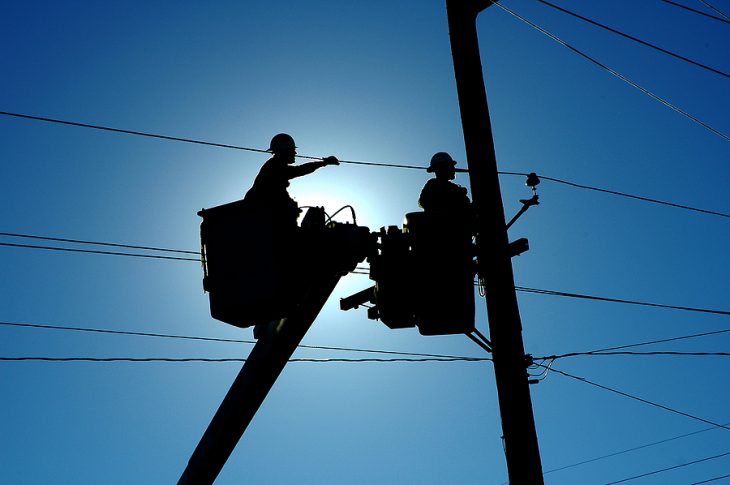
By Ahmad Hathout
TORONTO – Some of the country’s largest carriers have lost an appeal challenging the process by which the Ontario Energy Board (OEB) set higher pole attachment rates they say could hamper the delivery of broadband services.
Rogers, Telus, Shaw, Cogeco, Quebecor and Bragg (Eastlink), among others, didn’t like the consultation process that saw the rate to attach their cables on structures jump from an annual rate of $22.35 per attachment set in 2005 to $43.63 across the province. They argued in the province’s divisional court in late September that the OEB had not provided them with the appropriate forum or ability to air their grievances about the new higher costs before it finalized the rates in 2018.
“In the absence of a complete evidentiary record and an opportunity for all interested stakeholders to test that record through interrogatories and cross-examination (and the ability to submit argument in excess of 1000 characters on material issues), there is no basis for trying to reach a consensus on any issue,” Rogers said in a letter to the OEB in 2017.
“Nor is it possible to make recommendations or determinations in accordance with the principles of procedural fairness and evidence-based decision-making,” Rogers added. The roughly dozen carriers then brought a legal challenge of the process in April 2018, crucially on the fact that the OEB did not hold a hearing on the rate change.
This week, however, the court ruled the OEB did not need to hold a hearing on the matter, had stuck to a process that provided the telecoms with an opportunity to hear their issues with the new rate, and such procedural matters generally afford deference to the OEB.
The first problem the court found with the carriers’ argument is that the statute outlining the need for a hearing specifically deals with the distribution of electricity, a product the telecoms don’t sell, the court said.
The second is the court found the carriers had no “legitimate expectation” to a hearing, despite their assertion that the OEB “never set rates following a stakeholder consultation or policy review.” The carriers pointed to the last time the OEB set rates, way back in 2005, when it held a hearing with submission opportunities. The court said, back then, the OEB was doing something different: stepping in where normally private parties negotiated rates and laid out its plan to make a province-wide rate, which warranted the extensive process.
“It is not surprising that, in 2005, there was a hearing,” the decision read. “The parties sought the assistance of the Ontario Energy Board. It had not dealt with the problem before. A hearing would have, and presumably did, introduce the Board to the issues, concerns and problems as understood by those directly involved. It was an education.”
When asked whether they will appeal, spokespeople for Rogers, Telus and Cogeco all sent statements saying they are disappointed with the decision and are evaluating their options.
The review initiated by the OEB before it set the newer rates was as follows: four meeting with stakeholders, including the telecoms; further consultation through a request for comment from the stakeholder group; a review by consultant Nordicity, which followed with a report; that was then trailed by the OEB’s own draft report, further consultation through comments by the stakeholder group, and then a final report from the OEB. “The inputs of the charge were fully canvassed and opportunities to comment provided,” the court ruled.
The decision is just the latest unfavourable conclusion from Ontario courts against the carriers, who’ve been here before.
However, this decision also comes during a possible inflection point on this very issue, which has stretched many years. The federal government’s language on it has become more pointed to say that in some cases, these pole attachment rates are “often prohibitively expensive,” according to a briefing note from Infrastructure Canada to the Rural Economic Development minister.
Then, in late October, the CRTC opened a proceeding into timely and affordable access to telecom poles, which has been a major complaint for rural broadband builds and the new OEB board has indicated it will oversee a review of pole attachment rates in the province, as we have reported.
And earlier that month, the provincial government released a mandate letter to a newly-installed board of directors and executive leadership, which includes pole attachment rates as a priority item for review. Plus, the provincial government recognized pole attachment rates as an impediment to broadband expansion in its Up to Speed: Ontario’s Broadband and Cellular Action Plan, publicized earlier this year.



